Published 29/05/2014
From a young Helen Mirren to the Brixton Riots, explore our new collection of era-defining photography. Award-winning photojournalist Neil Libbert talks to Bridgeman about his career.

We are delighted to present a new collection of photography by Neil Libbert, an award-winning photojournalist, for licensing and reproduction.
For over 55 years, Libbert has captured some of the most dramatic moments and iconic faces in western history. His candid photographs range from the 1981 Brixton Riots in London to children playing in Harlem, New York; celebrities such as Helen Mirren and Heston Blumenthal to ordinary everyday folks in the DHSS Benefit Office.
Libbert has worked for many of the world’s most prestigious publications, including the Guardian, The Sunday Times and The New York Times, and was recently exhibited at the National Portrait Gallery, London.
See all Neil Libbert images for licensing
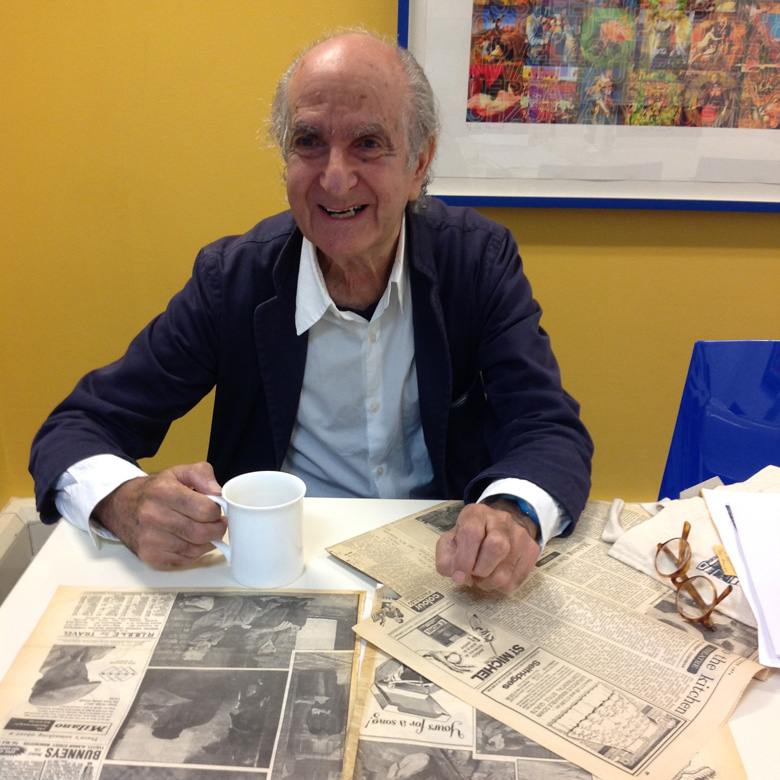
Exclusive Q&A with Neil Libbert
1. How did you embark on a career as a photojournalist?
"I have always been interested in photography, participating in my school’s and the local photographic society. I studied graphic design at art school for a year, but then left to work as a freelance photographer. I got a studio and started pushing my work to the local newspapers.
One of the first publications to feature my work was the Manchester Guardian. They published my series about the homeless in Manchester, which included the image below."
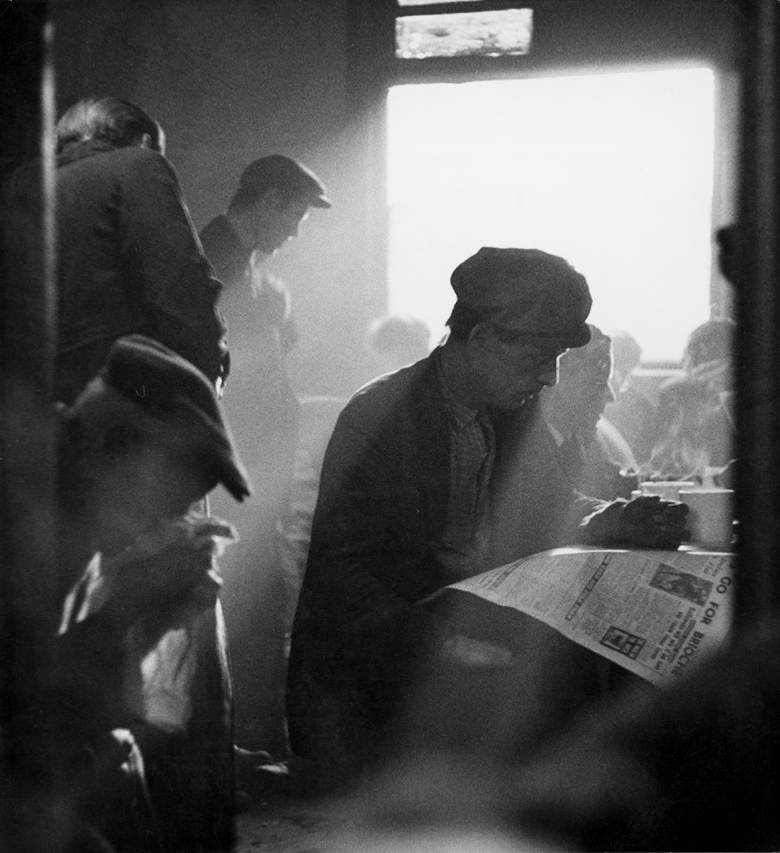
2. Out of all the iconic personalities and events you have photographed, which shoot was the most memorable?
“There isn’t one particular shoot that was more memorable than the others. People seem to think that my covering England's 1966 World Cup victory for the Sunday Times must have been especially memorable, but I have never been a great fan of football. It was just another day’s work for me.”
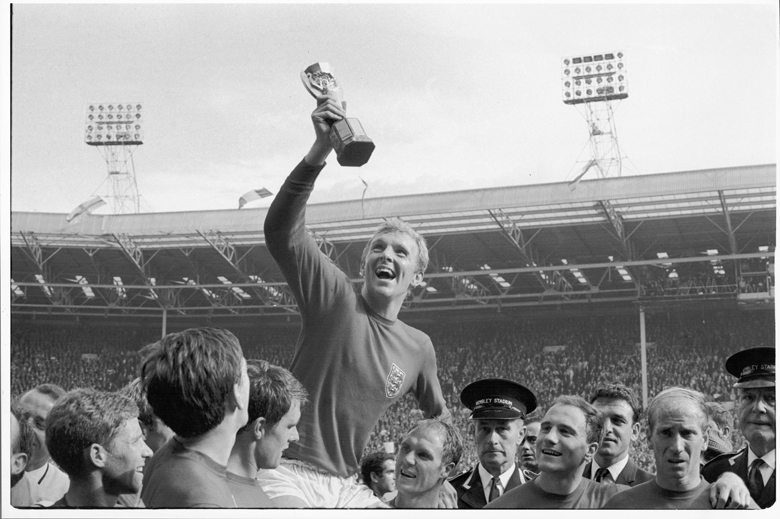
3. You’ve photographed many tense and even dangerous situations, such as the 1981 Brixton riots. What challenges did you face during those shoots?
"Every shoot is a challenge, but mostly because you are only allotted such a short space of time. I covered the Brixton riots just as the first bricks were thrown. In hindsight, I should have taken more precautions, but everything happened so quickly that you don’t have time to think about that. At the time, all I thought about was getting the pictures and sending it to the papers.
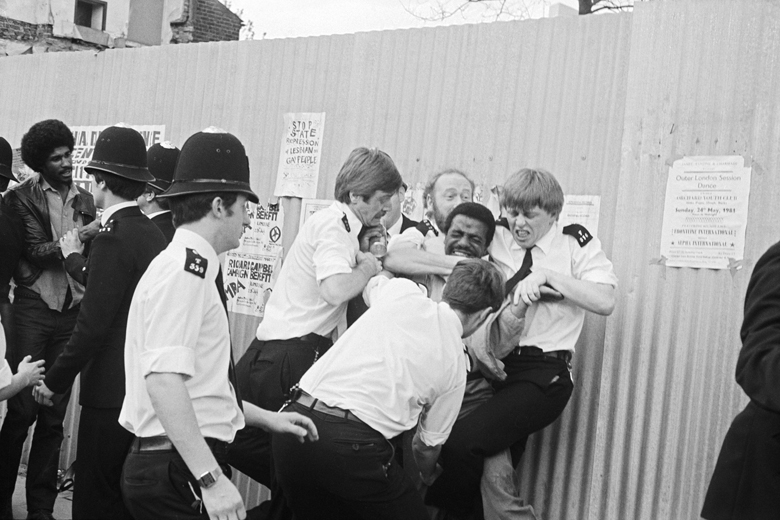
"There is also a dilemma involved with featuring these people: was I simply observing or intruding on their privacy? For the DHSS office, I concealed a camera to my chest and pretended to be a punter like the other people. But one woman called me up afterwards and said: “How would you feel if you opened the paper and saw yourself collecting benefits?”
I completely understand her point, but as a photographer what can you do?"
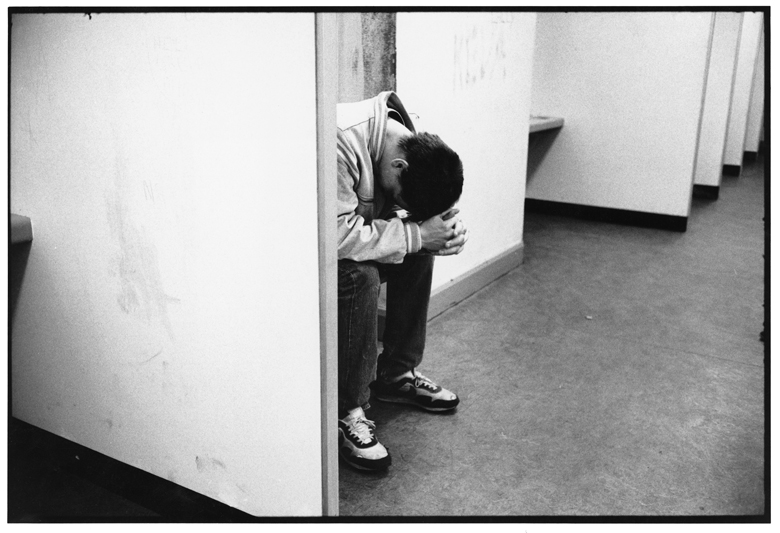
4. Who would you consider your biggest inspiration?
“There are several. I admire the American social photographers Dorothea Lange and Walker Evans, and French photographer Henri Cartier-Bresson. But everyone says Bresson!”

5.What changes did you face going from film to digital photography?
"I’m not digitalised! For work I still use a film camera. There are not many of us who do that anymore.
There are potential challenges to not using digital: newspapers want to see the photos straight away. But as I am now covering theatre, there is comparatively more time. I have a few days between shooting the production, developing the film and sending it over on a CD."
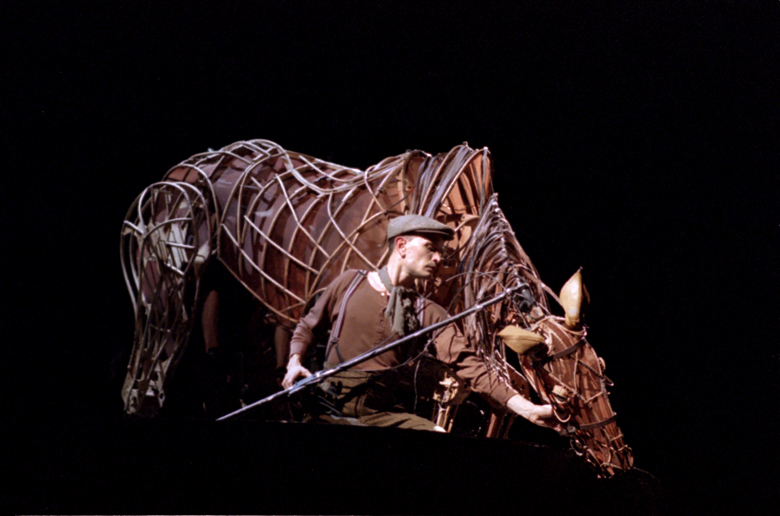
Keep checking our New Collections page for the latest news; our archive is constantly growing and there is always something new to discover.


